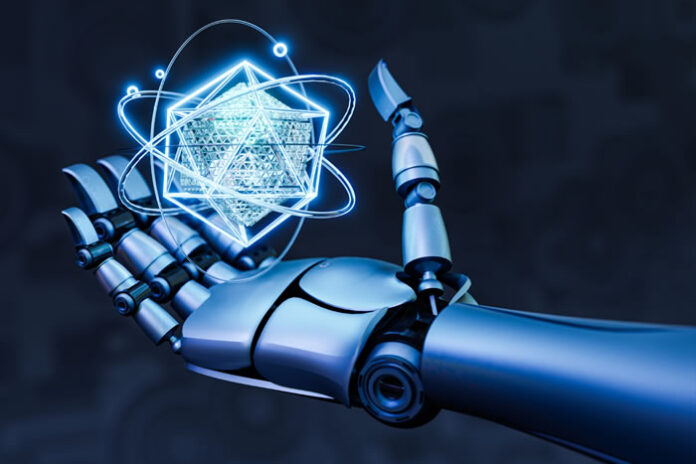In recent years, there has been a revolution in the world of technology driven by advancements in AI and IoT. These cutting-edge technologies have the potential to reshape industries and transform the way we live and work. From autonomous vehicles to smart homes, AI and IoT are unleashing the power of technology in ways we never thought possible.
Understanding AI
With the ability of artificial intelligence to analyze massive amounts of data and learn from it, AI can greatly enhance the capabilities of IoT devices. By integrating AI algorithms into IoT systems, we can enable devices to collect and transmit data, as well as interpret and act upon it in real time. This synergy between AI and IoT opens up a whole new realm of possibilities, making our everyday lives more efficient, convenient, and intelligent.
One of the key benefits of combining AI and IoT is predictive analytics. By analyzing data from IoT sensors and devices, AI algorithms can identify patterns, detect anomalies, and predict future events. For example, in a smart home system, AI can learn the daily routines of occupants and adjust the thermostat, lighting, and security settings accordingly. It can even anticipate their needs and preferences, creating a personalized and seamless living experience.
AI-powered IoT devices also have the ability to enhance decision-making processes in various industries. For instance, in manufacturing, IoT sensors can collect data about machinery performance, energy consumption, and production workflows. AI algorithms can then analyze this data to identify inefficiencies, optimize resource allocation, and even predict equipment failures before they occur. This predictive maintenance approach not only minimizes downtime but also reduces costs and increases productivity.
While the possibilities are vast, the intersection of AI and IoT also raises concerns about privacy, security, and ethical implications. As more devices become interconnected and AI algorithms become increasingly advanced, there is a need for robust safeguards to protect sensitive data and ensure ethical and transparent decision-making processes.
The Role of IoT: Connecting the Dots for Seamless Integration
AI and IoT are driven by data, and the more data we have, the more intelligent and effective these systems become. With the proliferation of connected devices and sensors, IoT generates vast amounts of data from various sources, such as environmental sensors, wearable devices, and industrial machines. This data provides valuable insights into the behavior of systems, processes, and individuals. However, this raw data is often unstructured and unorganized, making it difficult to extract meaningful information from it.
This is where AI comes into play. AI algorithms can analyze and interpret this data to uncover patterns, trends, and correlations that humans may overlook. By applying machine learning techniques, AI can learn from this data and improve its performance over time. This enables AI to make accurate predictions, detect anomalies, and automate decision-making processes based on the insights gained from IoT data.
However, data quality and integrity are some of the key challenges in harnessing the power of AI and IoT. The data used for AI training needs to be accurate, reliable, and representative of the real-world scenarios the system will encounter. Data preprocessing techniques are employed to clean, normalize, and transform the data, ensuring its suitability for training AI models. Data governance frameworks also need to be in place to address privacy concerns, ensure data security, and comply with regulatory requirements.
Also, the value of data in AI and IoT lies not only in its volume but also in its diversity. Different types of data, such as structured, unstructured, text, image, and sensor data, can provide complementary insights when combined and analyzed together. This multimodal data fusion allows for a more comprehensive understanding of complex systems and enables more accurate predictions and decision-making.
In addition to the role of data in AI and IoT development, there are also considerations regarding data ownership and sharing. As more devices and systems become interconnected, data is generated and exchanged across multiple platforms and organizations. Collaborative approaches are needed to foster data sharing and ensure interoperability between AI and IoT systems. By employing a monitoring system like the PRTG OPC UA server, organizations can effectively mitigate the risk of data breaches by promptly identifying and addressing security issues. This can lead to greater innovation, improved services, and more rapid technological advancements.
AI and IoT
The future of AI and IoT holds immense potential, and we are on the cusp of a technological revolution that could redefine our world. The possibilities are endless. It’s up to us to harness the power of these two technologies effectively and ethically.















